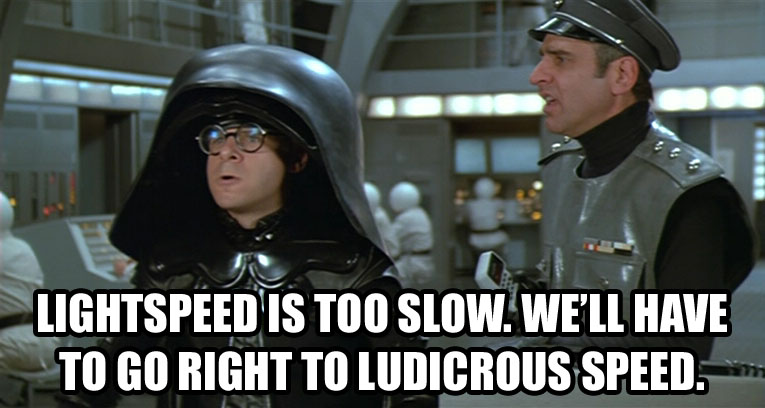I'd still like to know how anyone hits the cb off-center, and defies physics by not spinning the cb. And, how TOI is supposed to negate CIS if the cb isn't spinning even a little.

Neil, you are certainly the captain of picking nits. Now, this TOI stuff is more (IMO) a corrective / insurance measure to aid repair to a less than perfect stroke.
BTW, the flaws in a stroke that tend to add a TOUOI ( thats "a touch of unwanted outside english) to long nearly straight shots would be corrected by moving the tip over favoring ever so slightly inside english side.
Picture this, an imaginary vertical line the width of a hair (about .14 mm, splitting the CB in half. Now, another line the same width running vertically up and down on your cue tip.
When you contact the CB with both lines touching full on each other, that is contact on the perfect vertical center axis.
Now, imagine moving that line on your cue tip ( remember it is the width of a hair) so that the right edge of that line touches the left edge of the imaginary line on the CB. (that's about .07mm) Do you still consider that hit center ball? How much "spin" do you figure to get on a long shot?
Point being anything off true vertical center is technically english, but it doesn't have to spin the CB.
Next question, do you really think that when you personally hit the CB on the vertical center you are dead nuts on ... line to line? Not even .0005mm off? I doubt it.
In fact, even a touch of draw can help prevent a touch of unwanted outside english on a long shot from lasting long enough to effect the OB. Not only because of the unnatural friction created from the 11 to 5 or 1 to 7 spin that may be created and wants to die off, but also because there isn't as much width lower on the CB to realize the same amount of spin as can be created by being off on the horizontal axis.
So, the conscious thought to add a TOI will do little more than help prevent TOUOI and would not result in spinning the CB. Spinning is spinning, this technique is not spinning.
It is barley measurable in my mind and one that after using goes on without any conscious effort and corrects unwanted outside english automatically. Again, more a corrective technique for overcoming inadvertent outside english that will turn the OB off course.
Besides, I don't really care ... I just want my 4 ... I mean 5 bucks, cause I mentioned it first regardless if it's a bunch of shit. :yes::shrug::killingme::yeah:


